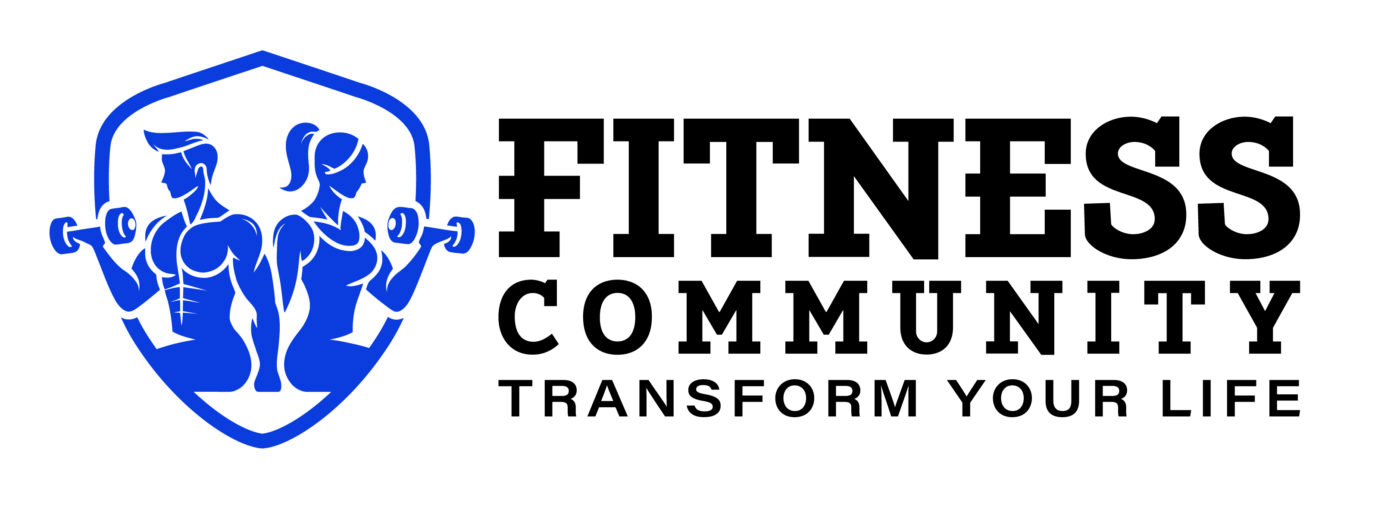EXERCISE AND WORKOUTS
Muscle Up: Your Guide to Workouts That Build Serious Strength
If your goal is to gain muscle, you need more than just a gym membership—you need a plan, consistency, and the right mix of training and recovery. Building muscle isn’t just about lifting heavy weights; it’s about progressive overload, smart workout structure, proper nutrition, and letting your body recover and grow.
Whether you’re aiming for a more muscular physique, stronger performance, or just better overall health, here’s how to train for real, lasting muscle gains.
How Muscle Growth (Hypertrophy) Actually Works
Muscle growth happens when you apply enough resistance to your muscles through strength training, causing tiny tears in the muscle fibers. Your body then repairs those fibers—bigger and stronger than before—especially when supported by rest and nutrition.
The key? Consistently challenging your muscles with:
Progressive overload
Proper exercise form
Adequate volume (sets/reps)
Sufficient protein intake
Quality recovery
The Best Types of Exercise for Muscle Gain
1. Strength Training (Resistance Training)
This is the foundation of all muscle growth. Focus on compound lifts that work multiple muscle groups at once.
Essential Compound Movements:
- Squats
- Deadlifts
- Bench Press
- Overhead Press
- Pull-Ups/Lat Pulldown
- Barbell Rows
These exercises build strength, size, and functional power.
2. Isolation Exercises
To target specific muscles and refine muscle definition, include isolation moves like:
- Bicep curls
- Tricep extensions
- Lateral raises
- Leg curls
- Calf raises
- Cable flys
These are great to include after your big compound lifts for extra volume and muscle fatigue.
3. Progressive Overload
This is the secret sauce for muscle growth. To build muscle, your body needs a reason to grow—so keep increasing the challenge.
Ways to do this:
- Add more weight
- Increase reps or sets
- Slow down your tempo
- Decrease rest time between sets
Sample Weekly Muscle Gain Workout Split
Day 1 – Chest + Triceps
- Bench Press – 4×8
- Incline Dumbbell Press – 3×10
- Cable Flys – 3×12
- Skull Crushers – 3×10
- Tricep Dips – 3×12
Day 2 – Back + Biceps
- Deadlifts – 4×6
- Pull-Ups or Lat Pulldown – 3×8-10
- Barbell Row – 3×10
- Bicep Curls – 3×12
- Hammer Curls – 3×10
Day 3 – Rest or Active Recovery
Day 4 – Legs
- Squats – 4×8
- Walking Lunges – 3×10 each leg
- Romanian Deadlifts – 3×10
- Leg Press – 3×12
- Calf Raises – 3×15
Day 5 – Shoulders + Abs
- Overhead Press – 4×8
- Lateral Raises – 3×12
- Rear Delt Flys – 3×15
- Hanging Leg Raises – 3×12
- Cable Crunches – 3×15
Day 6 – Full Body Circuit or Weak Point Focus
- Choose a mix of compound lifts and accessory work
Day 7 – Rest
Fueling Muscle Growth: Nutrition Basics
Protein is King
Aim for around 0.8–1g of protein per pound of body weight.
Great sources: chicken, eggs, salmon, tofu, beans, Greek yogurt, whey protein
Eat in a Caloric Surplus
To grow muscle, you need to eat more calories than you burn. Focus on clean bulking with whole foods, not junk.
Hydrate and Supplement Wisely
Water supports recovery and muscle function. Creatine, protein powder, and BCAAs can give you a boost, but they’re not mandatory.
Recovery = Growth
Muscles grow when you rest—not when you train. Don’t skip recovery days, sleep 7–9 hours per night, and stay consistent with mobility work.
Final Thoughts: Train Hard, Train Smart, Grow Big
Gaining muscle takes time, effort, and patience—but the results are worth it. Stay committed, track your progress, and don’t be afraid to push past your comfort zone. With the right workouts and recovery routine, you’ll not only look stronger—you’ll be stronger.

